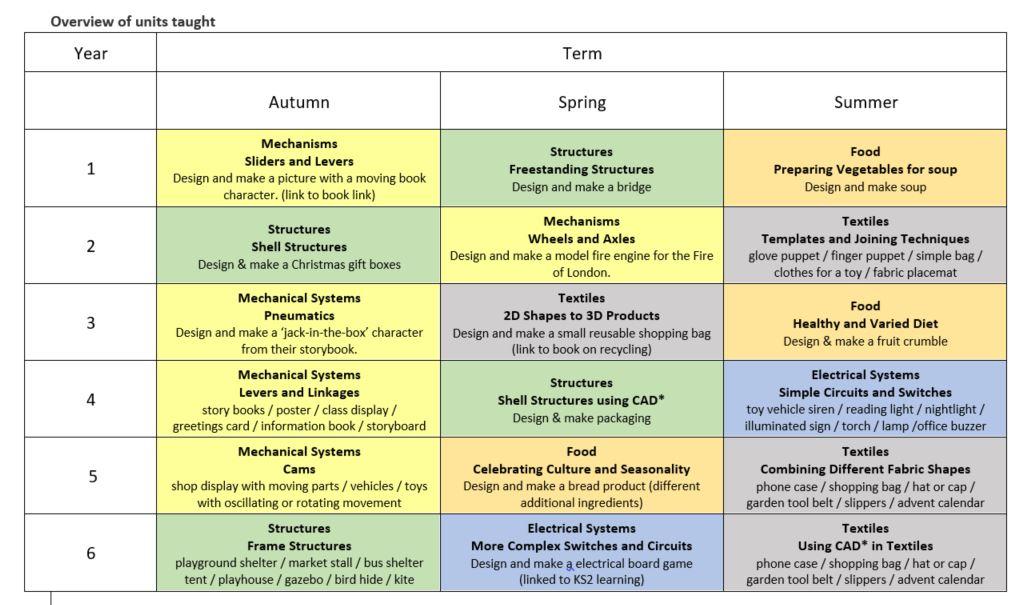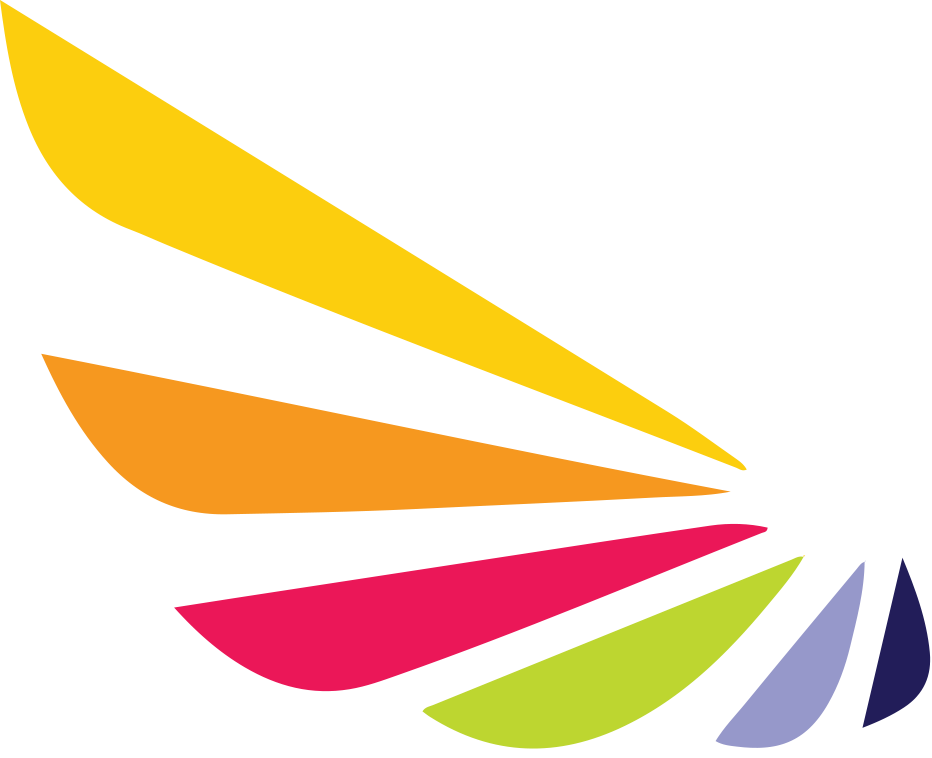Design & Technology
Intent
It is our aim that children are given the knowledge, understanding and skills in order that our children become confident designers and can apply this to their projects. Knowledge and skills are taught progressively to ensure that all children make progress in this subject. Evaluation is an integral part of the design process and allows children to adapt and improve their product.
D&T allows children to apply their knowledge and skills learned in other subjects, in particularly Maths, Science and Art.
Whenever children are designing and making products the following will be applied;
- User – children should have a clear idea of who they are designing and making products for, considering their needs, wants, interests or preferences. The user could be themselves, an imaginary character, another person, client, consumer or a specific target audience.
- Purpose – children should know what the products they design and make are for. Each product should perform a clearly defined task that can be evaluated in use.
- Functionality – children should design and make products that function in some way to be successful. Products often combine aesthetic qualities with functional characteristics. In D&T, it is insufficient for children to design and make products which are purely aesthetic.
- Design Decisions – when designing and making, children need opportunities to make informed decisions such as selecting materials, components and techniques and deciding what form the products will take, how they will work, what task they will perform and who they are for.
- Innovation – when designing and making, children need some scope to be original with their thinking. Projects that encourage innovation lead to a range of design ideas and products being developed, characterised by engaging, open-ended starting points for children's learning.
- Authenticity – children should design and make products that are believable, real and meaningful to themselves i.e. not replicas or reproductions or models which do not provide opportunities for children to make design decisions with clear users and purposes in mind.
There are three types of D&T activities;
- Investigative and Evaluative Activities (IEAs) where children learn from a range of existing products and find out about D&T in the wider world;
- Focused Tasks (FTs) where they are taught specific technical knowledge, designing skills and making skills;
- Design, Make and Evaluate Assignment (DMEA) where children create functional products with users and purposes in mind.
Phoenix Learning Alliance has adopted ‘Projects on a page’ a scheme of work produced by the Design & Technology Association.
The scheme is flexible and less prescriptive than other published schemes. Meaningful links are able to be made to other subject topics or themes as the project planners are context free.
The following areas are taught across the school in a progressive way. See the overview and progression of objectives which relate to each of these areas;
- Mechanisms / Mechanical systems
- Structures
- Food
- Textiles
- Structures
- Electrical systems
Implementation

Rationale for the sequence of units
Across KS1, lower KS2 and upper KS2 the children are taught units around the 6 key technical areas listed above. The children experience these areas between 3 and 5 times from Y1 to Y6.
The skills, knowledge and understanding taught is progressive over time.
Structures
In Y1 the children are introduced to basic structures using junk materials, this is built on in Y2 when ‘shell structures’ are taught. These are slightly more sophisticated and require a greater degree of accuracy when cutting out or drawing the ‘net’. When ‘shell structures’ are returned to in Y4, the children have the opportunity to use computer added design (CAD). They therefore apply their introductory knowledge of shell structures and use IT as a tool to design and make these. Structures is then returned to in Y6. This time ‘frame structures’ are taught. An increasing degree of skill is required, particularly looking at different joining techniques and a variety of materials are also used.
Mechanisms
In KS1 basic mechanisms are introduced to the children, these are typical ones that children may experience with their toys at home. The children therefore leave KS1 being able to make sliders, levers, wheels and axels.
In lower KS2, two more concepts are introduced, pneumatics and levers and linkages. Levers and linkages in particular builds on the learning of sliders and leavers.
In upper KS2 a further aspect is now introduced, ‘cams’.
Food
In KS1 Food is introduced to Y1 children. Very simple projects involving fruit and vegetables are created, none of which require cooking. In lower KS2 the children’s design skills are developed further as part of their designs they plan to assemble a number of ingredients together to form a particular product.
In upper KS2 Food is now linked to a particular theme, requiring designs that are more sophisticated. Cooking is also required for some of the products produced.
Electrical Systems
Electrical systems are first introduced in lower KS2, linking closely to the knowledge already gained form the Science curriculum. Simple switches and circuits are used in the designs which leads to more complex switches and circuits in upper KS2, perhaps including more than one input and possibly a parallel circuit.
Textiles
Templates and simple joining techniques are used in KS1. These are built on in lower KS2 where 3D products are first introduced, using 2D templates and designs. Combining different fabrics and therefore producing a more sophisticated product moves learning on further in upper KS2. The extra dimension of the use of CAD in designs is introduced in Year 6.
